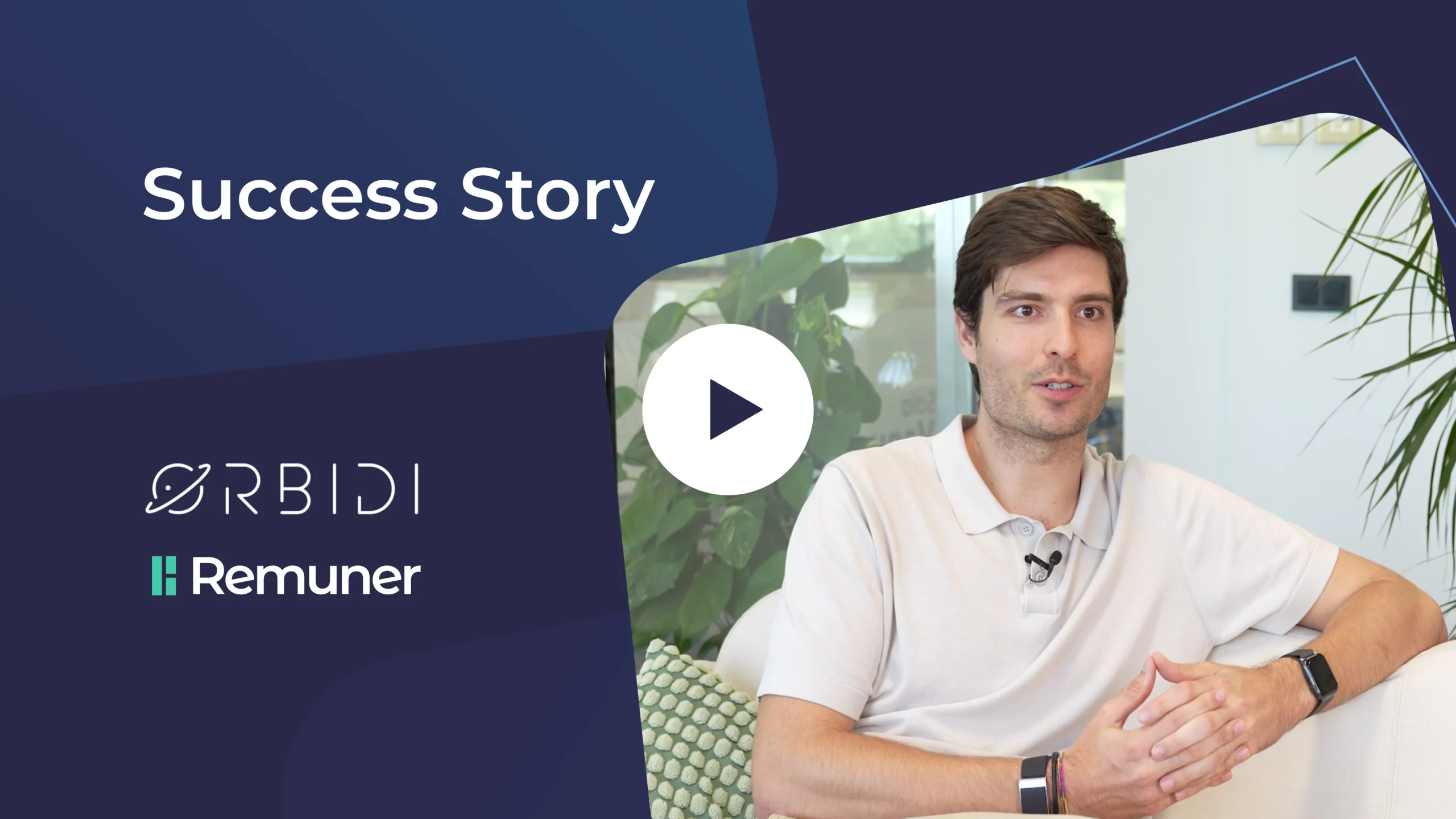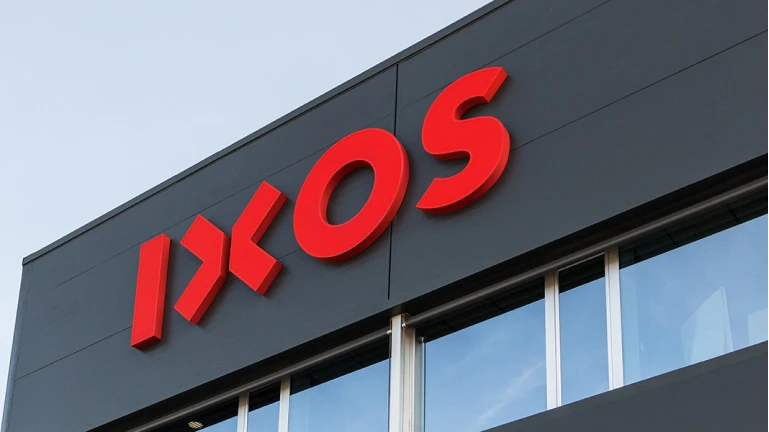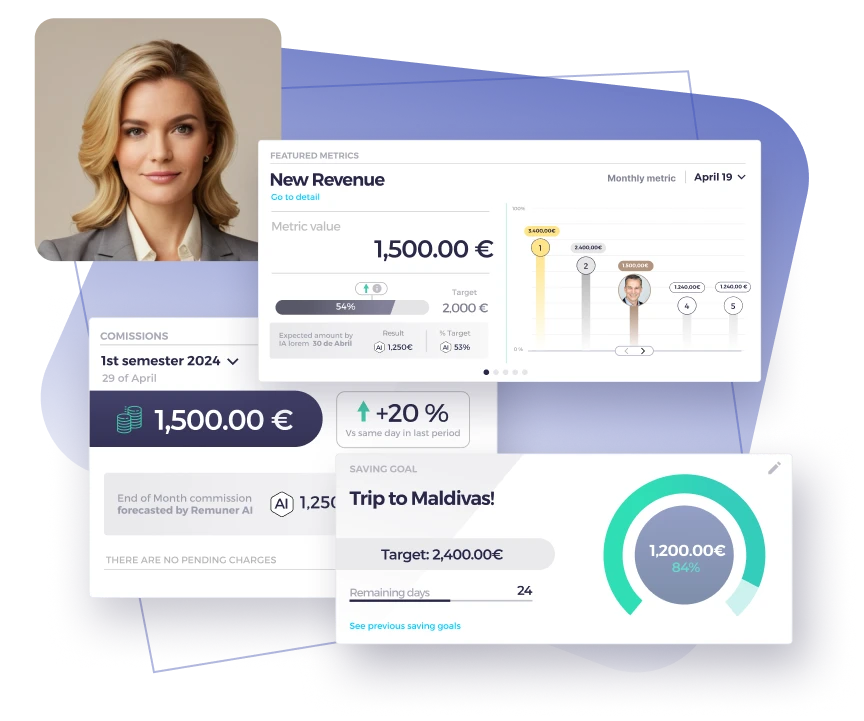Sales pipeline stages are essential to structuring your sales process, tracking prospects, and ensuring consistent progress toward your revenue goals. A well-defined pipeline not only improves sales efficiency but also aligns sales incentives, compensation structures like OTE (on-target earnings), and quotas with overall sales performance. In this article, we’ll dive deep into the different sales pipeline stages and how they impact compensation and sales performance, along with examples of each stage in action.
Table of contents
What is it, and why does it matter?
A sales pipeline is a structured representation of the different stages a prospect goes through from first contact to closing a deal. This process helps sales teams track the progress of potential customers, prioritize actions, and forecast revenue accurately. With a clear sales pipeline, businesses can ensure that sales representatives are working efficiently, moving deals forward, and hitting their targets.
By integrating sales pipeline stages into compensation structures, companies can better align sales performance with targeted rewards. This approach motivates teams to progress deals faster and more effectively. Additionally, each stage offers opportunities to connect specific compensation metrics to performance. As a result, sales reps stay incentivized to hit their goals and drive business success. At the same time, they remain motivated and aligned with the company’s broader objectives.
What are sales pipeline stages?
Sales pipeline stages represent the different phases a prospect goes through during the sales process, from the initial point of contact to closing the deal. Clearly defined stages enable your sales team to understand a prospect’s status, gauge their proximity to making a purchase, and determine the necessary next steps.
When aligned with sales incentives, these stages can motivate sales reps to progress deals faster and more efficiently, leading to better overall sales performance. Each stage can also be tied to specific compensation metrics such as OTE, quota attainment, and commission triggers.
The seven essential sales pipeline stages
Let’s break down the seven fundamental sales pipeline stages that every sales team should understand and optimize:
1. Lead generation
The sales process starts with identifying potential leads through inbound and outbound marketing, networking, and referrals. Lead generation is critical because the quality of the leads directly affects your pipeline’s health and the likelihood of meeting quota.
- Example: A SaaS company generates leads by offering a free trial of its product on its website. The marketing team runs targeted ads on LinkedIn to drive traffic to the free trial landing page. Sales leaders incentivize the reps with a bonus for every 10 qualified leads added to the pipeline, ensuring they focus on high-quality prospects.
2. Lead qualification
Once leads are generated, it’s important to qualify them based on their likelihood to purchase. Qualification factors often include budget, decision-making authority, need, and timing. This stage ensures that only the most promising prospects move forward.
- Example: A B2B services company uses a lead scoring system to qualify leads. The system assigns prospects a score based on factors like company size, purchasing power, and timeline. When a lead meets all the criteria, the system passes it to the sales team. At that point, the rep receives a small commission for each lead that qualifies. As the lead progresses to the next stage, the rep continues to be rewarded.
3. Product Demo
Qualified leads are scheduled for a product demo, where the sales rep showcases the software’s features, benefits, and value proposition. The demo stage is critical in the sales pipeline because it provides an opportunity to address the prospect’s pain points and showcase how the solution meets their needs.
- Example: Many companies offer commission bonuses when deals move from demo to proposal stage, encouraging sales reps to convert these opportunities. Sales leaders often tie incentives at this stage to demo completion rates and customer engagement levels during demos.
4. Needs assessment
After qualifying leads and scheduled demos, the sales team conducts a needs assessment to understand the specific challenges the prospect faces and how the solution can address these needs. This consultative approach helps build trust and rapport.
- Example: A sales rep in a cybersecurity company identifies a prospect struggling with data breaches. During the needs assessment, the rep discovers the prospect’s top priority is reducing breaches in the next six months. The rep tailors their solution to address this critical need. Sales leaders incentivize the rep with a bonus tied to how many needs assessments convert into proposals.
5. Proposal
Once the prospect’s needs are understood, the sales team presents a customized proposal. This stage is pivotal in demonstrating the value proposition and showing how the product or service meets the prospect’s goals.
- Example: A rep at a digital marketing agency sends a tailored proposal to a potential client, highlighting how their services can boost lead generation by 30% within three months. The rep earns part of their commission once they get the proposal accepted, bringing them closer to their OTE and quota attainment.
6. Negotiation
The negotiation stage involves handling objections, discussing pricing, and adjusting terms to align with the customer’s needs. Successful negotiation requires strong communication and persuasion skills.
- Example: In a software company, the sales rep negotiates with a prospect who requests a lower price and additional features. The rep skillfully addresses the objections and offers a discount for a long-term contract, securing the deal. Reps are incentivized with bonuses based on the value of the contracts they negotiate, ensuring alignment with compensation and performance goals.
7. Closing
The final stage is closing the deal. The sales rep ensures all agreements are finalized and the prospect officially becomes a customer. This is the most critical stage in any sales pipeline, as it directly impacts the company’s revenue.
- Example: A rep at a telecommunications company closes a deal after a long negotiation, signing a 12-month contract with the client. The rep earns the largest portion of their compensation at this stage, which includes commission based on the deal’s value. The company also offers accelerators, so if the rep exceeds their quota, they receive a higher percentage of commission for any additional deals closed.

The importance of aligning sales pipeline stages with compensation
Aligning sales pipeline stages with compensation plans maximizes sales performance. Targeted sales incentives at each stage motivate teams to move deals forward and close them efficiently. For instance:
- Offering bonuses for qualified leads keeps the pipeline full.
- Providing incremental incentives for progressing deals ensures sales reps remain motivated throughout the cycle.
- Using quota and OTE structures ensures reps stay focused on meeting overall revenue targets.
This alignment also gives clear visibility into stages that need improvement. For example, if too many deals stall at the proposal stage, sales leaders can take action to address the issue.
Advantages of well-defined sales pipeline stages
A well-maintained sales pipeline not only improves organizational efficiency but also drives greater sales performance and financial rewards for your team. Here are 6 key advantages of maintaining well-defined sales pipeline stages:
- Improved deal visibility: A clear pipeline helps sales teams visualize where prospects are in the journey, allowing them to prioritize high-value opportunities and take appropriate actions to move deals forward.
- Better forecasting: With well-defined stages, sales managers can more accurately forecast revenue, set realistic quotas, and align their team’s efforts with financial goals like OTE and quota attainment.
- Efficient sales process: Clearly delineated stages reduce confusion and ensure no leads fall through the cracks, allowing reps to stay organized and focused on the right activities at each stage.
- Optimized compensation alignment: When sales pipeline stages are properly structured, compensation strategies can be better aligned with pipeline progress, allowing for targeted sales incentives at each step and motivating reps to advance deals quickly.
- Enhanced performance tracking: Well-defined stages make it easier to track sales performance, identify bottlenecks, and make data-driven adjustments, improving the overall efficiency of the sales process.
- Increased deal closure rate: By maintaining structured stages, sales reps can move deals through the pipeline more effectively, leading to higher close rates and, consequently, increased compensation opportunities.
How OTE and quota tie into sales pipeline stages
OTE (on-target earnings) and quota are key components of any sales compensation plan. OTE typically includes base salary and commissions or bonuses, which reps can achieve by hitting quota. Aligning OTE and quota with sales pipeline stages ensures that sales reps are motivated to move prospects through the pipeline and close deals efficiently.
For instance, quotas may tie to the number of closed deals, while on target earnings reward reps for surpassing quota with accelerated commissions. Sales leaders adjust OTE and quota expectations based on the complexity of each sales pipeline stage, ensuring fair compensation for reps’ efforts.
Examples of how companies use sales pipeline stages to improve performance
Example 1: SaaS company
A SaaS company uses the six sales pipeline stages to structure their sales process. Sales reps receive bonuses for progressing deals from the lead qualification to the proposal stage, which drives better engagement. The compensation plan includes accelerators that reward reps with higher commission rates once they surpass quota, encouraging reps to close more deals.
Example 2: B2B services company
A B2B services company implements a compensation structure where reps earn a percentage of their commission for each deal that moves from one pipeline stage to the next. This ensures reps are motivated to keep deals moving through the pipeline. The company also adjusts OTE targets based on average deal size, ensuring the team stays focused on high-value opportunities.
Example 3: Real estate company
A real estate agency implements the six sales pipeline stages to manage the process from lead generation to closing property deals. The company offers bonuses at the lead qualification and proposal stages, motivating agents to filter high-quality prospects and present compelling property solutions. Once a deal reaches the negotiation phase, agents are rewarded with higher commission rates. This structure encourages them to push deals forward more aggressively while keeping the pipeline active, improving overall sales performance.
Example 4: E-commerce business
An e-commerce business selling high-value electronics uses a tiered commission model to incentivize reps at each pipeline stage. Sales reps earn a base commission for qualifying leads, and larger bonuses for moving leads through the needs assessment and proposal stages. Once a deal reaches the negotiation phase, sales leaders trigger commission accelerators to push reps to close the sale faster. By aligning their compensation structure with sales pipeline stages, the company boosts efficiency and improves customer conversion rates.
Example 5: Manufacturing company
A manufacturing company selling custom machinery follows a highly structured sales pipeline due to the long sales cycle. The company rewards reps at the lead qualification stage with a percentage of their commission for each high-quality lead identified.
During the proposal stage, sales leaders give reps a bonus based on the potential contract value. If the deal moves into the negotiation phase, accelerators increase commissions based on contract length and total deal size, encouraging sales reps to close high-value, long-term deals, ultimately improving sales performance and meeting quota targets.
By tailoring sales pipeline structures to different industries, businesses can effectively boost sales productivity and align compensation with specific sales stages. Which one suits you better?

Adapt sales pipeline stages to your business
Understanding sales pipeline stages and aligning them with sales incentives, compensation plans, OTE, and quota can drastically improve sales efficiency and sales performance. Each stage in the pipeline offers opportunities for compensation, keeping reps motivated and driving deals forward.
By offering targeted sales incentives and aligning compensation plans with pipeline progress, companies can optimize both individual and team performance, ultimately driving better results across the board. As you build or refine your sales pipeline, ensure that your compensation structures motivate your team at every stage, from lead generation to deal closure.
Explore Remuner’s comprehensive sales compensation software to streamline your compensation plans and drive your business growth.





